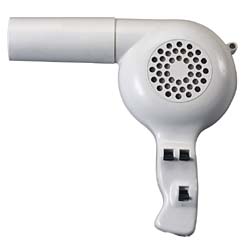srt8mag
Member
Lol
Follow along with the video below to see how to install our site as a web app on your home screen.

Note: This feature currently requires accessing the site using the built-in Safari browser.
Mmmm toasted bagels.
Update:
I spoke with March about their pumps and they're suggesting to go with this one, they said it's 1800GPH pump:
View attachment 26547
That one may work. But if I were you I would go with this one:
View attachment 26542
Then if this whole A/C doesn't work out, at least you'll have a way to get beer up to the bridge.
Sounds like you got all the details now!
Doug
How many things do you have to turn off to run the electric heater?
